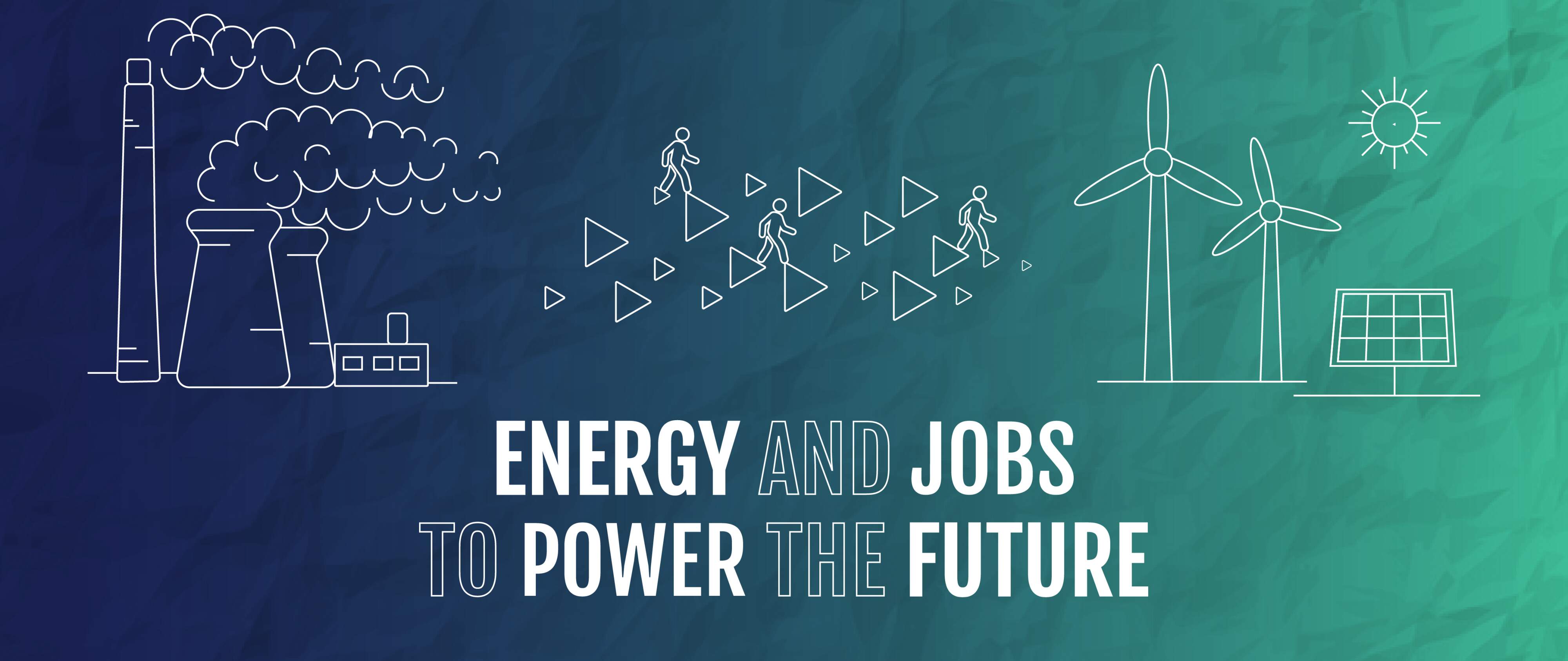Maria Constantinou, Conservation and Programmes Officer, Terra Cypria – The Cyprus Conservation Foundation
Actions for green transition and climate change mitigation (that is, limiting global warming and the impacts of the climate crisis) in Cyprus are progressing slowly. This is also confirmed in public discussions, where the challenges hindering deeper decarbonisation (i.e., reducing or eliminating the use of carbon in energy production) are often identified — yet without the necessary progress being observed. Undoubtedly, the delay in achieving climate and energy goals is significant and therefore worthy of comment. Nevertheless, it is worth referring to the achievements made so far in the green transition and the benefits they entail.
These benefits are assessed in a study conducted by Dr. Theodoros Zachariadis, professor and researcher at the Cyprus Institute, within a project implemented by Terra Cypria and funded by the European Climate Foundation (ECF). The study examines, based on economic data, the environmental and especially the economic benefits arising from Renewable Energy Sources (RES) in Cyprus — specifically, from the penetration of solar energy into the country’s energy mix.
In particular, the study took into account the avoided costs from fossil fuel imports, greenhouse gas (GHG) emissions, and health impacts, as well as the costs of importing system equipment and integrating RES. The general effects on employment from the penetration of RES were also considered. The data were drawn, among others, from the Statistical Services of the Republic of Cyprus (CYSTAT) and the European Union (EUROSTAT).
The study showed that although RES rely on imported equipment, they nevertheless save significant resources that would otherwise be spent on fossil fuel imports and on purchasing emission allowances for conventional energy production. It is also noted that, by operating, RES contribute to the reduction of air pollution since they do not require fossil fuel combustion to generate energy.
Of particular interest are the results of the analyses, which show that RES installed during the decade 2015–2024 offered a net profit of €450 million (in 2023 prices). By 2035, these profits are expected to increase sixfold, reaching €2.7 billion, while if the additional benefits from avoided air pollution costs are included, the profits will reach €4.8 billion! It is also noted that each MW of photovoltaic capacity installed in the past decade is expected to yield a net profit of €5–9 million over its lifetime. The above indicates a benefit-to-cost ratio for RES ranging between 10 and 18, highlighting the remarkable socio-economic benefits arising from renewable energy.
Despite these significant findings, it is pointed out that profit calculations from 2024 onwards will differ. This is because additional RES investments will require parallel development of energy storage systems as well as expansion and modernization of the energy grid. However, further development of RES is expected to generate additional profits, since avoided investments in conventional power generation will become more evident compared to the current stage, where the moderate progress in RES penetration has not yet helped avoid new conventional energy investments.
It is indicative that the amount of GHGs released into the atmosphere from conventional production of 1 MW/h is 0.75 kg CO₂eq. At the same time, solar energy generation of 1 MW/h prevents the emission of an equivalent amount of CO₂ — a benefit included in this study as an avoided cost of emission allowances under the EU Emissions Trading System (ETS).
In parallel, the penetration of RES indirectly benefits health, as it reduces GHG emissions. Fossil fuel combustion for energy production releases three types of air pollutants with a significant impact on public health — nitrogen oxides (NOₓ), sulfur dioxide (SO₂), and particulate matter (PM2.5). For conventional energy production, per kilowatt-hour, 0.53 g of NOₓ, 0.75 g of SO₂, and 0.053 g of PM2.5 are emitted respectively. These emissions carry costs primarily for health, leading to premature deaths and reduced life expectancy. They also cause damage to sectors such as agriculture, materials, and biodiversity — all of which indirectly affect human health. According to the assessment of the cost of these emissions from the European CASES project and the National Energy and Climate Plan (NECP), the marginal damage cost per tonne amounts to €11,708 for NOₓ, €182,000 for SO₂, and €22,259 for PM2.5 (in 2023 prices).
Regarding employment, the jobs expected to be affected correspond to about 13%, contributing less than 10% to Cyprus’ GDP. Given that Cyprus, as a small country, has very limited energy-intensive industrial activity (such as power plants, cement, and ceramics production), most jobs are not at substantial risk. However, some workforce reskilling may be required. Therefore, there does not appear to be any job directly threatened by the green transition.
Overall, this study examined the cumulative benefits from the current level of RES penetration. The results show that photovoltaic park owners and citizens who have installed solar panels in their homes are already enjoying significant benefits. These benefits can be further extended across society through an updated regulatory framework for electricity, which is expected to benefit energy-poor households that are most vulnerable to worsening climate conditions.
The study also demonstrates that RES can generate substantial social, economic, and environmental gains, while simultaneously improving air quality and public health. In general, although the green transition is a challenging and demanding process, it remains essential for ensuring a sustainable future.
The full study is available here




